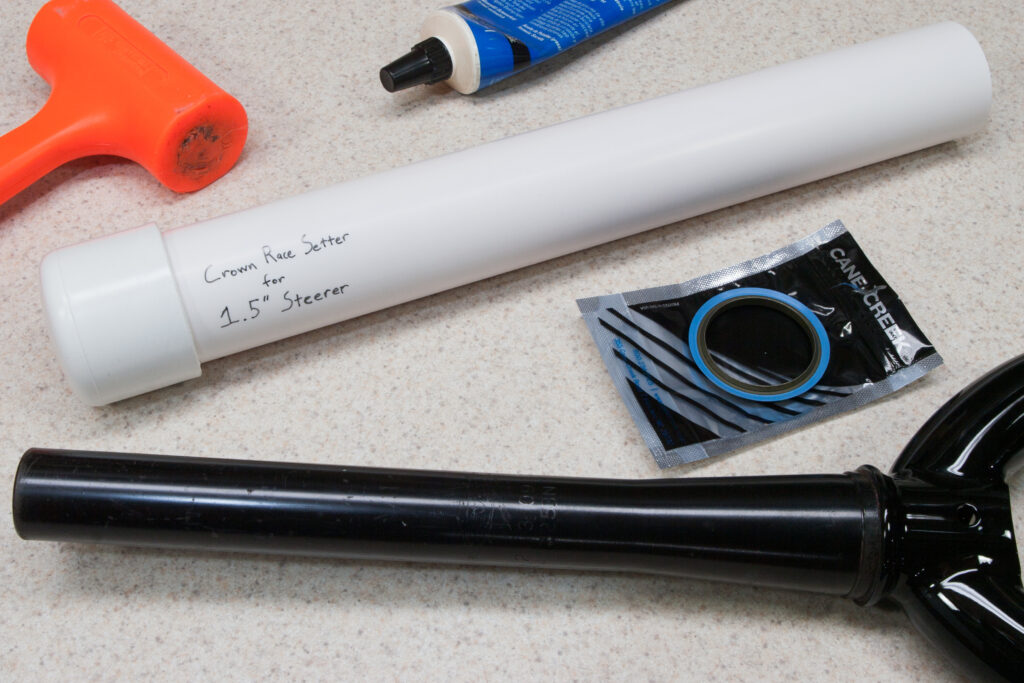
This past Saturday, February 8th, 2014, was the Addison Oaks race in Fun Promotions Fat Bike Series. Being near home and at one of my favorite parks I entered, racing in the B class. The course for this race was a groomed two track-ish surface, following the Buhl Lake Loop out to the campground, on paths along Drahner and Walker roads, then returning to the main parking lot via the campground access road.
I really enjoyed the route, but due to late grooming the snow was still fairly loose and once the solid upper layer was disturbed the loose snow below made riding treacherous. I believe that this may have been the most technical race I’ve ever done.
The photo above was taken by Steve Balough using a helmet camera facing backwards. In this photo I’m somewhere just after the start of a lap, following one of the two firm paths, and breathing heavily. Behind me is Ron Caitlin (307) who won the race overall. It was not long after this point, after going down a slight hill and into the most chewed up part of the course, that I fell over, landing just off the side of the path. I’ve mirrored one more of Steve’s photos of me here (this one from the start of the race), and his photos from this day can be seen here.
In the end I wound up finishing eight laps in just over two hours, placing third in the B category, and receiving a nice plaque as an award (photo). I like this more than getting a medal, as there’s something about it which feels a bit more solid. Sure, it’s just third in a B class race, but it still feels nice. I believe this is also the highest position I’ve placed in any non-beginner race. (Next was 4th at the CRAMBA Addison Oaks race in 2013, and a 5th place at the Tailwind Stony Creek XC in 2012.)
Full results from the race can be found here (mirrored from here on Fun Promotions website).
Strangely, this is the first fatbike only race that I’ve done, even I’ve done more races on the Salsa Mukluk 2 than any of my other bikes, both summer and winter. Fatbike specific races are still fairly new, and I’m glad there was one so close to home, something I didn’t have to drive a couple hours for.









